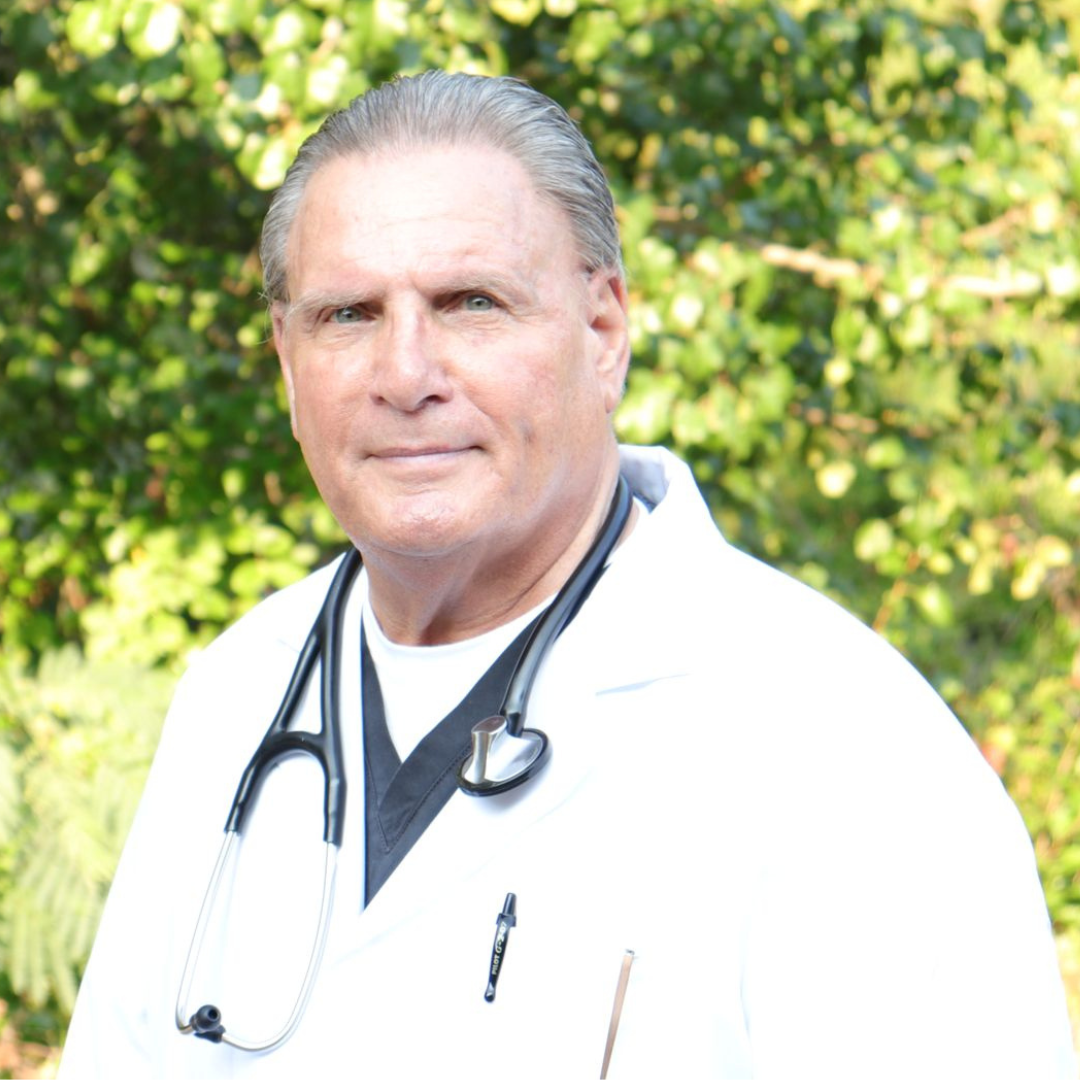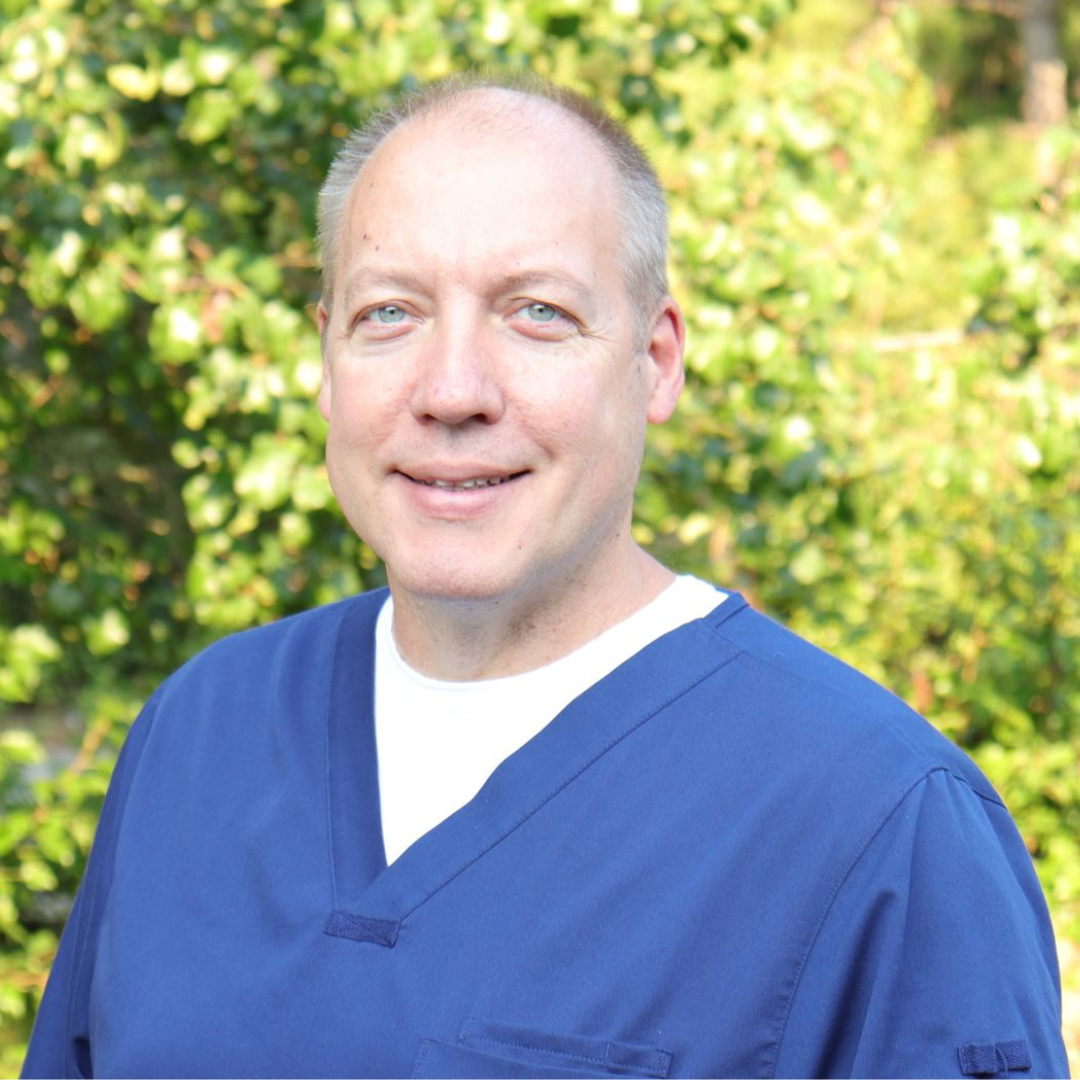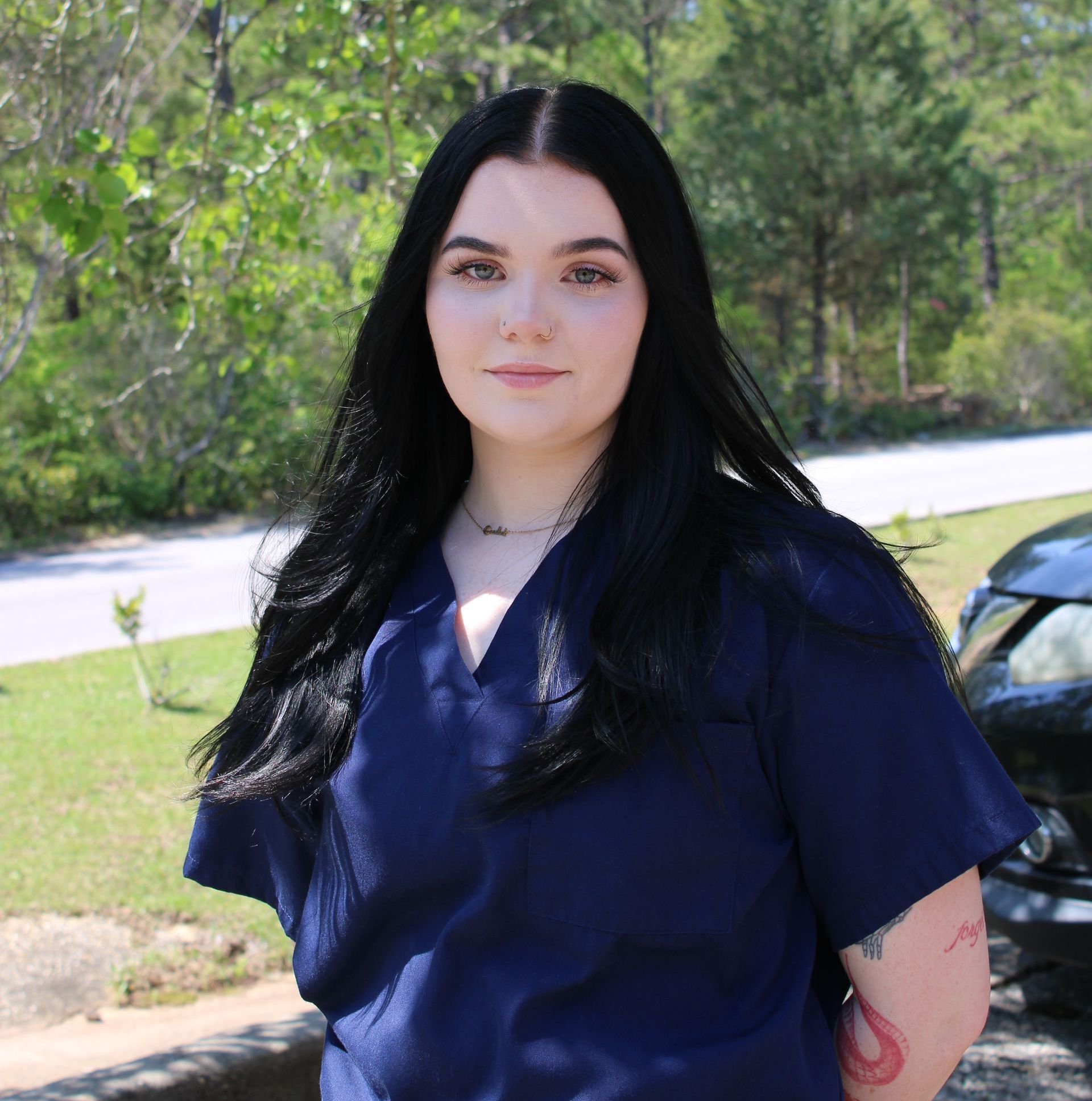About
At Medical Center Plus We Offer
Medicine for the 21st Century
Our doctors specialize in diagnosing and treating back pain, knee pain, arthritis, neuropathy and more. At Medical Center Plus, we practice Responsible Physical Medicine according to a Collaborative approach. When we say, 'Responsible Physical Medicine,' it means we never prescribe opioids and we strive to identify the cause of the problem and fix it rather than just covering it up with medicine or pain management procedures like nerve blocks or epidurals. When we specify a 'Collaborative approach,' we mean that we have a team of providers with different specialties and the whole Clinical Team manages each patient's case. This brings a range of clinical perspectives to each patient's case and minimizes the chances that we might miss an important factor or aspect of what's causing someone's problems.
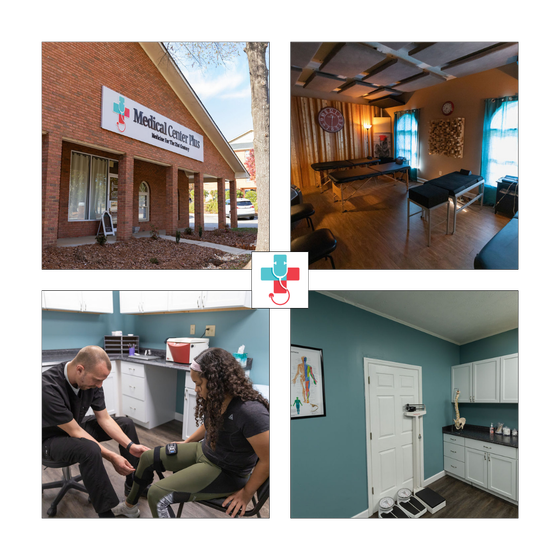
How is Medical Center Plus Different Than Traditional Pain Management?
There are some excellent treatment choices available for reducing or reversing painful
conditions that require little or no medications and no surgeries. Many of these treatments have higher rates of success—in some cases, much higher—than their invasive pharmaceutical and/or surgical counterparts.
At Medical Center Plus, our goal is to get to the root cause of your problem and solve it using the latest technologies available with a minimum of drugs, and without surgery.
Your clinical team at Medical Center Plus combines over 70 years of provider experience over different but related and overlapping clinical specialties. We also have a team of Medical and Rehab Assistants working directly under these physicians to utilize the best non-surgical and minimal-pharmaceutical tools available for your benefit. Each of our providers has a minimum of 28 years of clinical experience in his or her background as a fully licensed physician or mid-level provider working in the field.
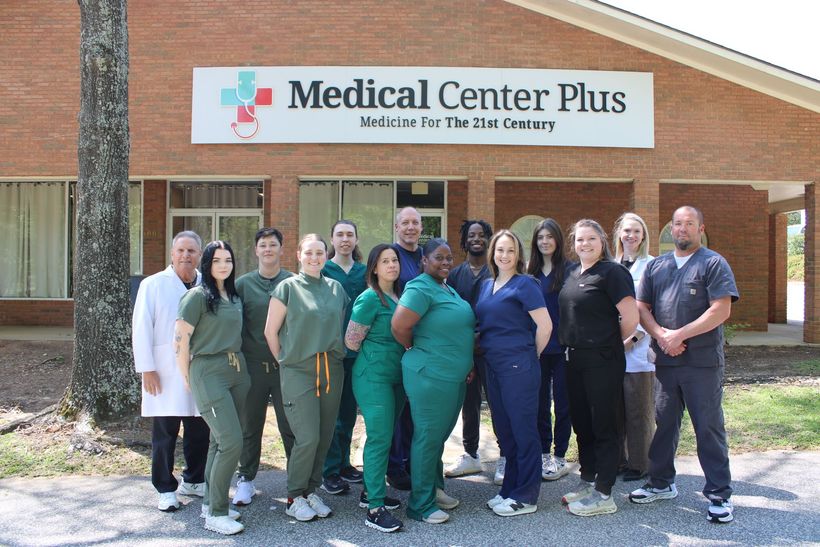
Your Clinical Team
Dr. David Randall Willis
Physician
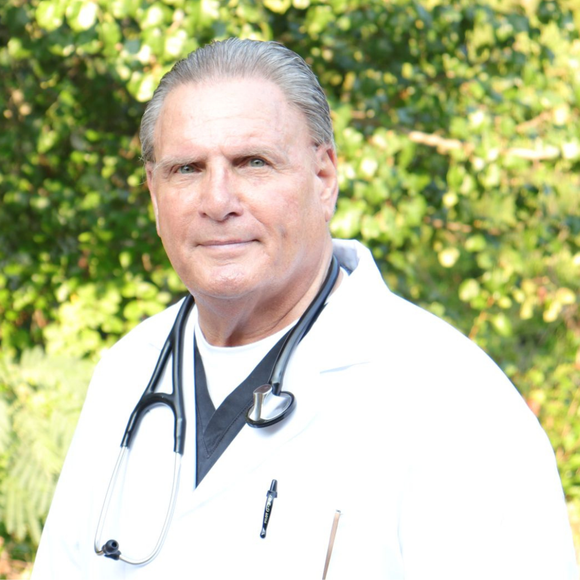
Dr. David Randall Willis
David Randall Willis was born in St. Petersburg, Florida and has been a resident of Alabama since 1990. He attended medical school at Nova Southeastern University, College of Osteopathic Medicine and completed his residency at the University of Alabama at Birmingham, Family Practice Residency as Chief Resident.
With over 32 years’ experience in medicine, Dr. Willis has served the Alabama community in both family practice and urgent care settings before joining Medical Center Plus in 2021. He is excited to continue helping patients leave pain behind and get their lives back using the unique protocol at MCP!
Doctor Willis is married to his wife Michelle, and they are adjusting to being semi- empty nesters. He enjoys traveling together with Michelle and riding his bicycle.
Dr. Michael C. Ebner
Michael C. Ebner, D.C. is originally from New York State, where he earned his undergraduate degree at Mercy College in Dobbs Ferry, New York, and graduated from Palmer Chiropractic College in Davenport, Iowa with his Doctor of Chiropractic degree in 1993. He feels blessed that he has been able to help thousands of people enhance the quality of their lives and avoid unnecessary drugs and surgery since then through physical medicine.
Dr. Ebner also attained a post-graduate certification in Whiplash and Brain Traumatology through the Spine Research Institute of San Diego in 2006. With what he has learned through his additional education, he has been able to help multitudes of patients recover from injuries sustained in motor vehicle accidents and other types of traumas utilizing various physical medicine tools, including chiropractic and adjunctive physio-therapeutics.
Dr. Ebner is married to his lovely wife, Lisa, and they have six children who have already left the nest. He enjoys spending his free time traveling with Lisa, riding his motorcycle, skiing and playing ice hockey. We are very grateful to have Dr. Ebner as an integral member of our group and believe his many years of professional experience to be a great addition to our already outstanding clinical team.
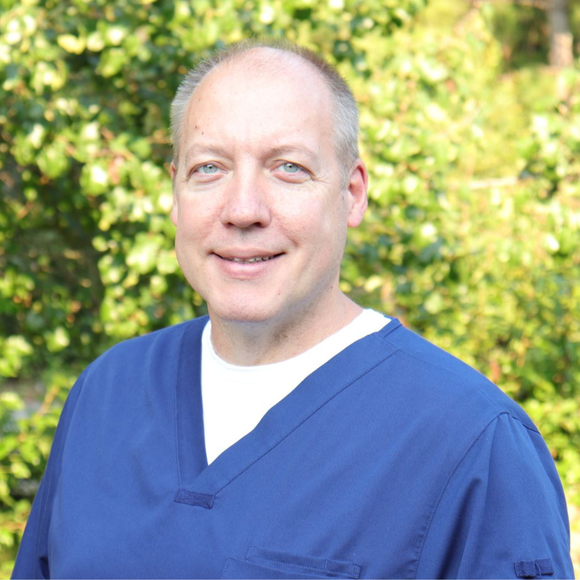
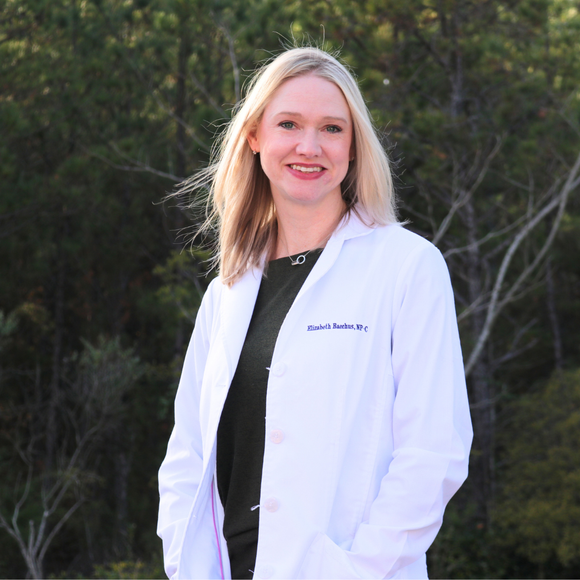
Elizabeth Bacchus, CRNP
Elizabeth Bacchus is the latest addition to the MCP Team. Ms. Bacchus is a family nurse practitioner specializing in adding Bio-Identical Hormone Replacement Therapy to the list of services offered at Medical Center Plus.
Elizabeth was born and raised in Louisiana. She earned her Bachelor of Science in Nursing from the University of South Alabama in 2007 and focused on women’s health, particularly labor and delivery. Elizabeth went on to attain a Masters of Science in Nursing from the University of Alabama at Birmingham in 2014. Elizabeth has extensive experience in family practice and urgent care.
Her passion and genuine concern for patient wellness is evident in the thorough and compassionate care she provides, a true "lagniappe,"—that extra touch that goes above and beyond.
Nurturing both physical and emotional well-being is a philosophy she lives by. She shares a blended family of four children with her husband, Chris. They spend most of their free time supporting their children's endeavors in band, robotics, and lacrosse. Elizabeth is an adventurist, enjoying SCUBA diving and (recently) hang gliding. Her zest for life aims to make every day extraordinary.


